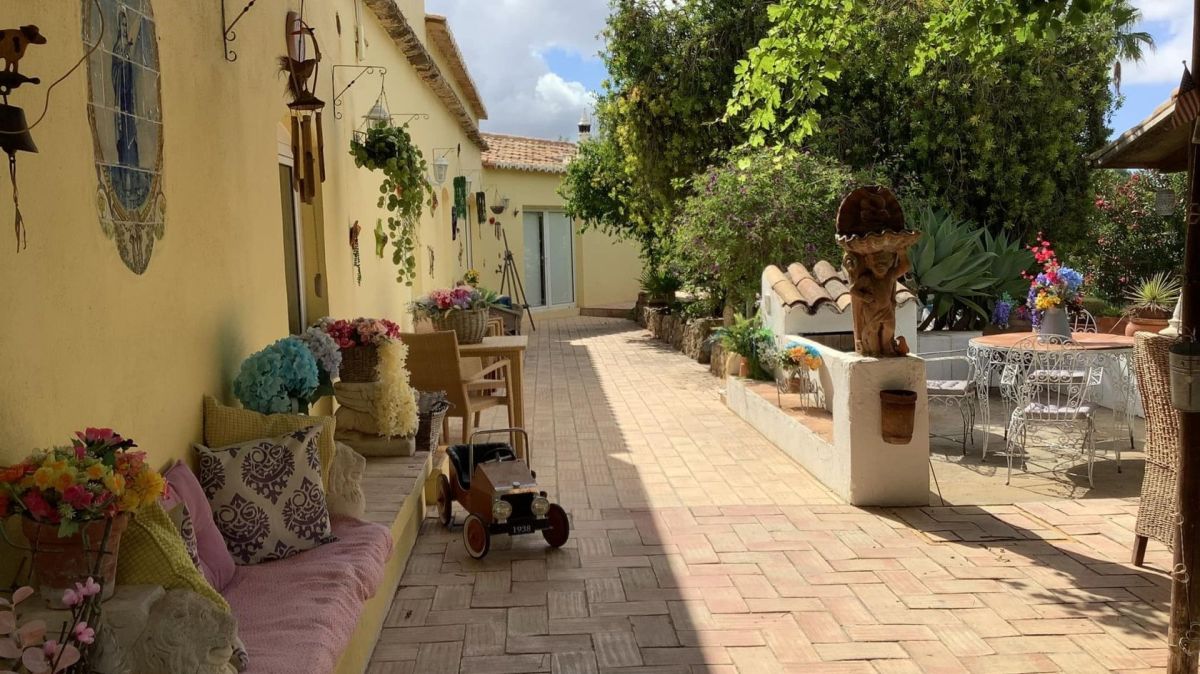Anybody out there a honey fan? – We humans first encountered honey over 10,000 years ago, and would have found it inside a wild bee’s nest and, for some reason, decided to taste it. In times when fruit was the sweetest thing around, honey must have seemed like a gift from the gods.
It’s amazing that an insect makes it, but they don’t make it for us. Bees collect nectar or honeydew, and they value honey for its sugars, which not only feed their larvae but support their own general metabolic activity, especially that of their own flight muscles during foraging. During periods when there aren’t a lot of flowers in bloom or the bees can't get out to forage due to the weather, they'll use up their stored honey, and coming up to winter, they need to have plenty to feed on through the winter months.

Bees will gorge on honey before swarming
Bees swarm for one of two reasons – the hive might have become too crowded so they split into two groups (or more), with one group remaining in the existing hive. Or they abscond, which means all bees, including the queen, abandon the existing hive completely, reasons being perhaps a lack of food or water, parasites or diseases, disturbance by humans or animals, or weather changes.
How many bees are needed for honey?
It will take around 400 bees to make one jar of honey - there are many variables, and levels may be much higher during peak production. Not all honey is collected by beekeepers, as some is left in the hive for their survival when needed. One hive can produce between 15 and 40 litres of honey per season, depending on the bees' productivity and harvesting conditions, and could be clear as water or as dark as molasses, and the flavour is strongly controlled by the pollen and nectar of the plants they feed on.
A honeybee hive usually has between 20,000 and 80,000 bees living together in a colony, which is made up of one queen bee and several hundred drones or males, with female worker bees making up the balance. All the bees share one goal: survival of the colony.
Can bees make their own hive?
A wild honey bee colony will live together in a nest, as opposed to a hive, and the nest they make could be in a rock crevice, a hollow tree or somewhere they see as a good spot to be. The wax comes from the female worker bees, secreted from 8 glands in their abdomens, and they will chew the wax until it becomes soft enough to bond it into cells to make the honeycomb.

Why are all honeycombs hexagons?
It’s a space-saving issue - you can pack hexagons (6 sides) with no wasted space. It’s an efficient shape for maximising usage of available space, using the least material per storage compartment, and the bees have been savvy enough to work out that a hexagon is a strong and useful shape because it distributes forces or weight evenly across its sides. You can eat it too - it is edible as well as the honey.
How to know if honey is pure?
To test for purity, stir a tablespoonful into a glass of water - if it settles on the bottom and doesn’t dissolve, it’s pure. Or put a few drops of honey on a piece of paper - pure honey will remain intact and will not get absorbed into the paper, just making the paper slightly sticky - impure honey may get absorbed quickly, leaving a wet mark behind.
We’ve slowly come to recognise that honey is more important than a sweetener. Some 80% of the food we eat relies on pollination, and apparently one in every three bites of food consumed around the world depends on pollinators, bees in particular, so without bees or their honey, we’d live in a world where plants could not grow and fruit could not ripen.
Marilyn writes regularly for The Portugal News, and has lived in the Algarve for some years. A dog-lover, she has lived in Ireland, UK, Bermuda and the Isle of Man.















